
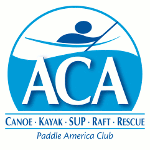 Chicago Area Sea Kayakers Association
Chicago Area Sea Kayakers Association
Kayak Safety
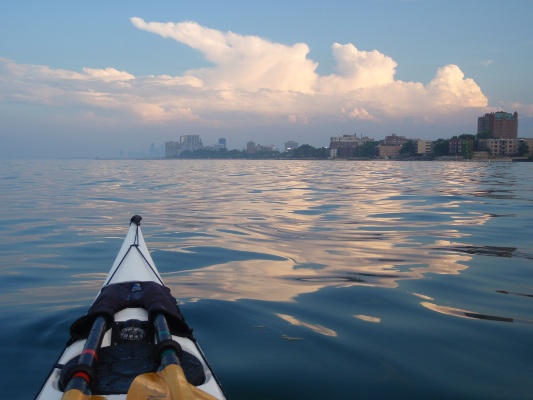
The disappearance
and death of Walter Doroba in Lake Michigan waters near Waukegan,
Illinois in late October 2007 is an unfortunate reminder that kayaking
has inherent risks. Kayakers can never eliminate these risks, which
include drowning and hypothermia, but they can take reasonable
precautions against those risks.
Kayaking Safety Information
-
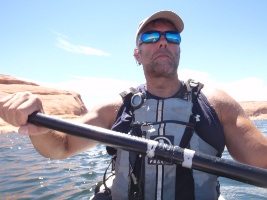
- Always wear a PFD
-
In approximately half of all kayaking fatalities, the casualty
was not wearing a Personal Flotation Device (PFD).
Take the time to get a PFD (i.e., lifejacket) that fits comfortably
and wear it each and every time you are on the water.
Keep it zipped/snapped closed the entire time on the water.
-
All boats operating on Illinois
(625 ILCS 45/4-1)waters must carry and, if required,
have in operation, acceptable personal flotation devices (PFDs).
It is unlawful to operate any watercraft unless at least one USCG-approved
PFD of the following types or their equivalent is on board for each person:
USCG Type I, Type II or Type III (wearable PFDs).
Illinois law requires that all children under the age of 13 must
wear a USCG-approved PFD while on a recreational vessel under 26 feet
that is underway, unless they are in an enclosed cabin or below deck.
-
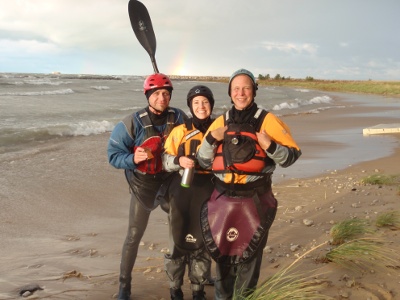
- Dress for immersion
- Cold shock and hypothermia
are major factors in many kayaking deaths. Know the water temperature
before you start paddling and use a wetsuit or dry suit as appropriate.
Layering using synthetics like fleece and having a warm hat is
important in cooler conditions. Bring extra layers of
insulation and wind protection when appropriate.
-

- Know how to get out and back in your kayak
- There are techniques for getting back into your kayak by yourself or
with the help of another paddler. Learn them and practice them. Get
comfortable with tipping over, popping your sprayskirt and getting out
of your cockpit efficiently. Don't let go of your kayak once you are in
the water.
-
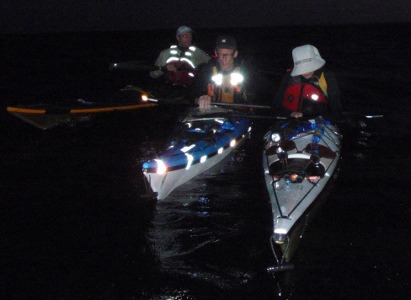
- Visibility
- Keep a variety of signaling devices in your PFD such as a whistle,
flashlight, mirror, and flares. Put strips of marine reflective tape
on your paddle and kayak. Vessels under paddles (oars)
shall have ready at hand an electric torch or lighted lantern showing a white light which shall be exhibited in sufficient time to prevent collision.
-
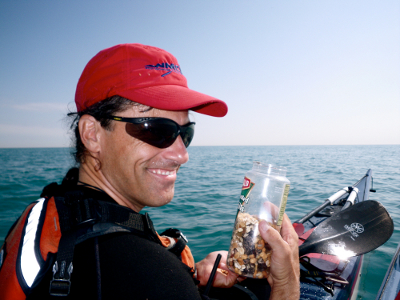
- Fuel and water
- Keep
yourself well fed and watered while paddling. Dehydration and hunger
weaken you physically and impair your judgment.
-
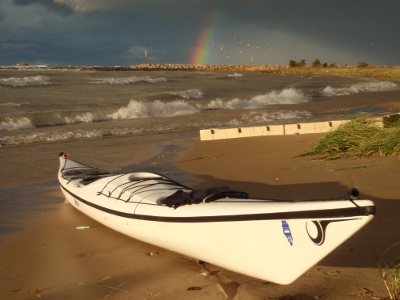
- Planning & Weather Conditions
- File a detailed float plan with friends or family.
Let at least one responsible person know where you are paddling,
when you are expected back, and when to call for help.
Check the marine forecast before paddling.
Be especially careful about storms and offshore winds.
If conditions are beyond your skill and comfort levels, don’t go out.
-
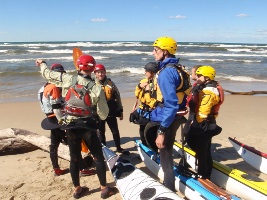
- Companions
- There is safety in numbers. It is generally safer to paddle with others.
Join a local paddling club (CASKA welcomes paddlers of all experience levels). Looking for paddling partners? Check out our
 Yahoo Group.
Yahoo Group.
-

- Skill & Experience
- Learn to paddle safely and efficiently and learn the
basics of self-rescue and assisted rescue. The
ACA and
BCU both certify kayaking instructors.
Consider taking a class from local qualified kayak
instructors.
- Match your experience to the conditions.
Err on the side of caution, especially when paddling solo.
The greater your training and paddling experience the greater the range
of conditions you should be able to handle with relative safety.
- Match your kayak to the conditions
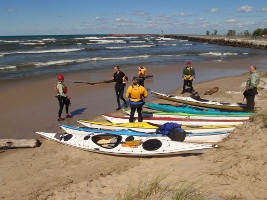
- Seaworthy kayaks are designed to handle waves and wind.
They have watertight bulkheads and perimeter deck lines.
Paddlers wear spray skirts to keep water out of the cockpit.
A
recreational kayak with no built-in buoyancy is not suitable for big
waters just like a sea kayak is risky in technical white-water conditions
where a nimble boat is required. Know the conditions for which your
kayak was designed and respect those limits.
- Bring appropriate gear
-
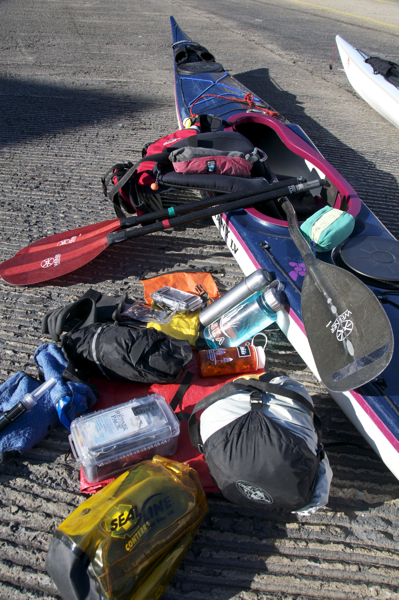
-
Bring gear appropriate to your paddling location and conditions, as well as the length of time you plan to be on the water. But be prepared in case conditions change or you are out longer than you intended. At all times, bring food and water, a spare paddle, a signaling device (e.g. whistle, strobe, flashlight), and a communication device (e.g. VHF radio, cell phone in waterproof case). It's wise to bring a basic first aid kit and a boat repair kit, as well as a bilge pump,
tow belt, and a dry bag with spare clothing.
Additional CASKA & ACA Resources
Other Resources
Chicago Area Stores and Outfitters
Many of these clubs/businesses/retailers offer lessons. Participate
in these whenever possible - they are excellent ways to improve
kayaking skills and techniques. See the organizations' websites for
details.
webmaster@caska.org

 Chicago Area Sea Kayakers Association
Chicago Area Sea Kayakers Association
 Chicago Area Sea Kayakers Association
Chicago Area Sea Kayakers Association








